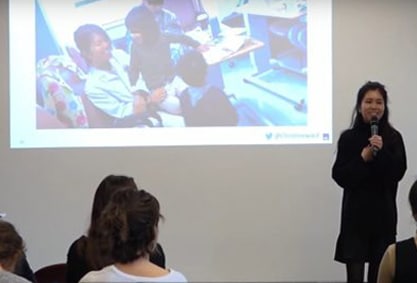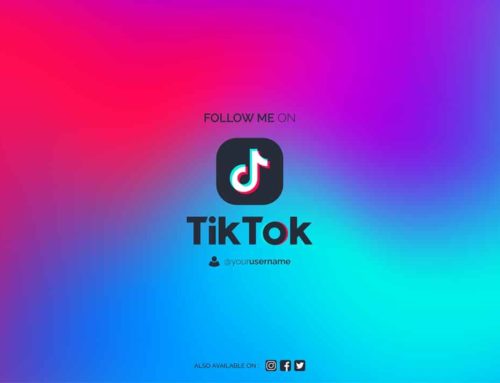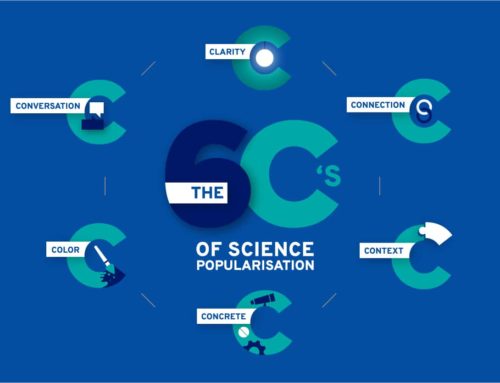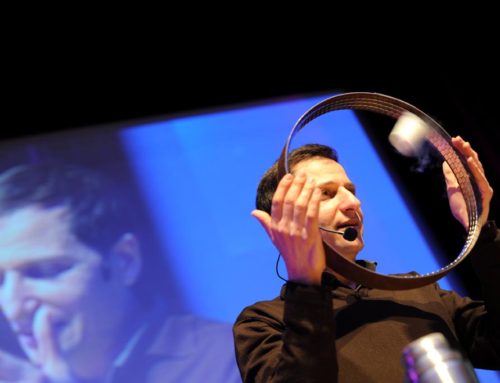Pitch:
advice from speakers
Being able to present a project or innovation in under three minutes has become a vital skill in communication. What makes a good pitch? How do you prepare? And what techniques can you use to stand out from the crowd? At Agent Majeur we decided to look back and interview three speakers recently trained by our coaches in how to make a successful pitch. Researchers or technical experts, they share their precious advice with us.
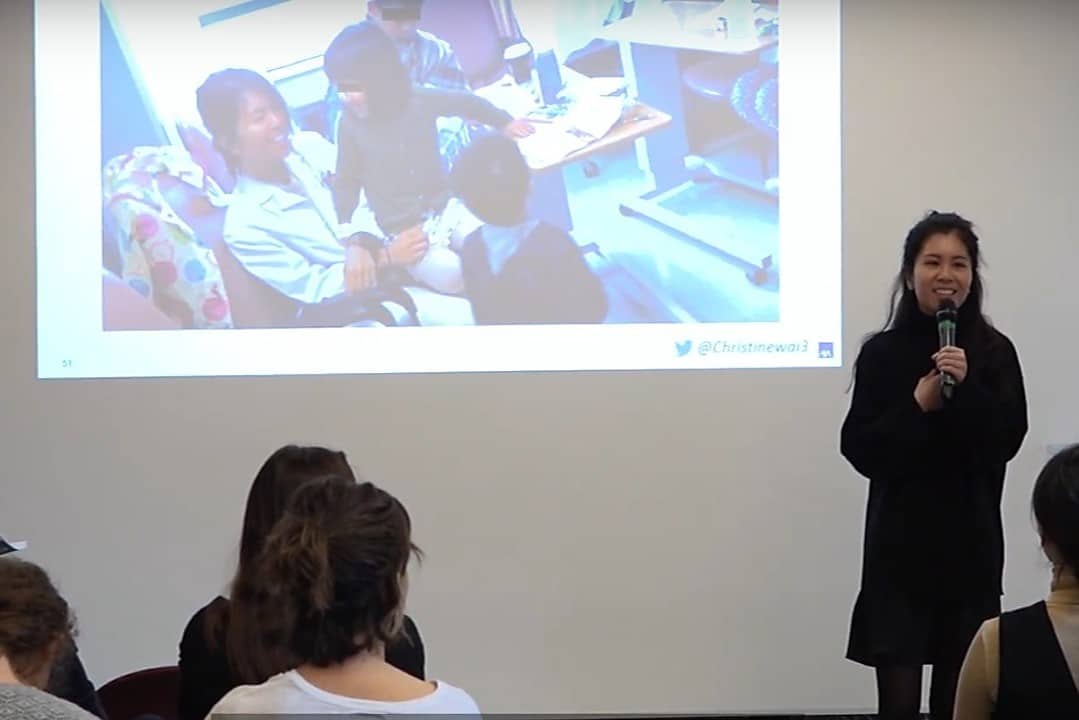
How did you prepare yourself for this exercise?
Ludovic Christophe (Bouygues Bâtiment): Before the training course with Agent Majeur, my team and I prepared a presentation with a speech that was quite technical. By the time the course had finished, we had identified the project themes, the expectations of future users and the messages that we wanted to get across to the audience.
Christine Wai (AXA Research Fund): I do make sure that I have a simple, straight-forward but memorable take-home message when preparing my pitch. I tried not to practice too much so I won’t be overly familiarised with the content to make sure that I can still transfer my passion towards research and my energy in the real pitch.
Yonnel Giovanelli (SNCF): In addition to the training course with Agent Majeur, I worked for two and a half days to finalise my presentation and find illustrations. I had to prepare around 8 different versions of my pitch until it was ready.
In terms of content, how did you summarise your content?
YG: It is a complicated task because you need to organise your summary with the evaluation criteria of the competition in mind. Make sure not to use language that is too technical because the public are not always specialist. I advise to take a step back and show the potential advantages of your innovation.
CW: I picked up 4-5 key points that I’d like to include in the pitch. Then I tried to connect these points into a story to make the pitch more appealing. I also thought my pitch could be linked to recent hot topics or festivals to get my audience’s interest.
LC: To refine our speech, we worked on sentences like: “what you need to remember is…”. This helps the public to keep the essential in their minds.
What advice can you offer for non-verbal communication?
LC: I advise to look out over the audience before starting to establish visual contact. The hook line and posture of your first minutes set the tone for the rest of your speech: its best to be mentally prepared before going onto the stage.
YG: Yes, it is better to look at everyone in the audience and not just a corner of the room. For me, I was sitting on an exo-skeleton so I couldn’t really move! Silence for a second can help emphasise an idea. To avoid being too stressed I advise you to practise your talk several times in front of different types of people before the actual day.
LC: During the presentation, you shouldn’t hesitate to use the space by moving around and especially, take your time.
What can you do to peak your audience’s interest in a short amount of time?
YG: To get my public’s interest, I used humour by asking two questions which drew their attention and peak their curiosity. Sitting on my exoskeleton, I asked them if I looked like Robocop…
LC: The first hook line is essential to captivate the attention of the audience and get straight to the heart of the subject. The audience can then grasp the point you want to make and understand the associated problematics. That way, the solutions we propose were emphasised.
What do you think of the pitch in 2-3 minutes format?
CW: It’s very appropriate. If the pitch is too long we risk to clump too much content. As a consequence, the audience would easily lose their attention and interest. If too short, we could barely include enough content to complete a “story”.
YG: It is a complicated challenge but an enriching experience. The visual aids were very important for conveying our message, and they shouldn’t be too overloaded in order to stay readable.
What are the biggest difficulties you came across?
YG: Firstly, staying upright in my exoskeleton! Then, respecting the allotted time and managing the clicker for changing slides.
CW: The biggest difficulties are to avoid using jargons while keeping the content “scientifically-professional” enough, and to give enough information in a short pitch.
YG: This experience of training and making a pitch is great and will serve me very much in my career. The day of the speech, I became aware that working on communication was as important as the subject itself.
Take a look at Christine Wai’s pitch on her research topic: she is developing a vaccination against seafood allergies.
Thanks to Ludovic Christophe (Head of R&D at Bouygues Bâtiment Ile-De-France), Christine Wai (Post-doc, Chinese University of Hong Kong and AXA Research Fund grantee) and Yonnel Giovanelli (Expert of SNCF SYNAPSES network) for sharing their expériences.
